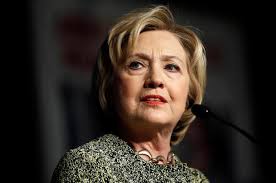Looking beyond the daily tussle between Donald J. Trump and the Republican Party, or Bernie Sanders and the Democratic Party, let’s consider the larger historical picture to see what the current election campaign tells us about the state of the two major political parties and their future.
Over the last forty years both major political parties have been in a state of terminal decline for a number of reasons, primarily the ideological contradictions each has developed quite in sync with the other, driven by the same economic trends. Both are in a death spiral at the moment, but this being America, where political accountability is not as rapid or conclusive as in Europe, it’s likely that they will continue in more or less their existing forms for the foreseeable future, further deepening the crisis of legitimacy. Whatever the realities about their loss of credibility, we are not likely to hear an announcement anytime soon that the Democratic or Republican parties are dead, having ceased to serve the respective functions for which they accumulated much legitimacy at different points in the twentieth century.
It may seem, with stronger party identification over the last couple of decades, that the parties are stronger than ever, but this would be misleading on several counts. The fact most frequently cited in support of the parties’ strength is increased polarity in Congress, where in recent decades members of each party have moved farther toward the extremes, which means less bipartisan consensus. The electorate has sharply divided, with left and right divisions more pronounced, amidst the now familiar phenomenon of the red state/blue state split which first became prominently visible in the 2000 election.

